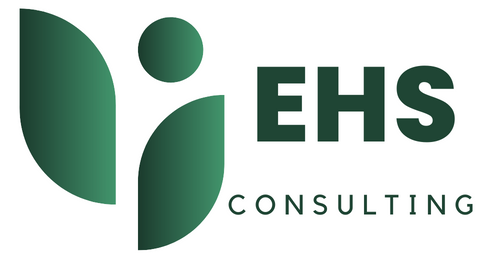EXPERIENCE AND KNOWLEDGE
Occupational Risk Assessment for Remote Work
Are you interested in training on occupational risk assessment for remote work?
or call: +48 887 043 666
Assessing the occupational risk of remote work is crucial because remote work can pose various health and safety hazards to employees. To conduct such an assessment, numerous factors must be taken into account, including the nature of the work, ergonomic aspects of the workspace, communication tools, and the risk of stress.
What exactly does the occupational risk assessment for remote work involve? What does the analysis of occupational risk look like?
FAQ
Have other questions?
Check out our questions and answers – together we’ll dispel any doubts!
1.
Contact
The first step is to contact us by phone or email
2.
Conversation
The second step is to understand the client’s needs and propose conditions
3.
Cooperation
The third step is to establish cooperation and start activities
REFERENCES
See what our clients say about us
High professionalism, the possibility of using services online, and wide availability. I wholeheartedly recommend Ms. Agnieszka Kuźmicka.
Piotr Błaszczyk
Tax Consultant at SWGK
Agnieszka conducted OHS training for employees of my company. I recommend her as a very good and professional trainer. The whole process went smoothly and in a pleasant atmosphere.
Marcin Olejnik
CEO at Chatbots
I recommend 100%! A large dose of valuable knowledge. 10/10!
Aleksandra Taraszkiewicz
Aleksandra Taraszkiewicz – divorces, family and guardianship matters
Are you interested in our services?
+48 887 043 666








